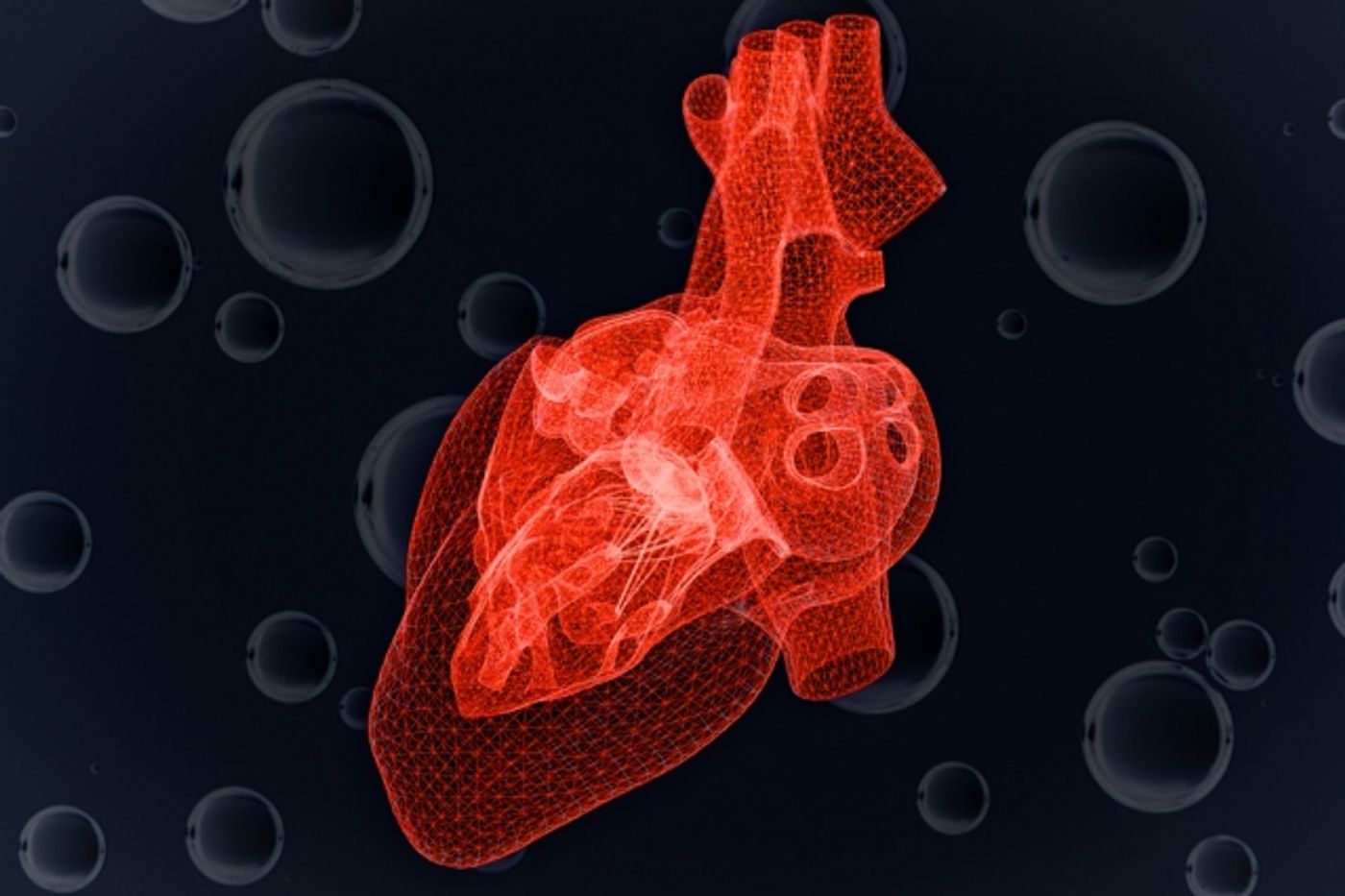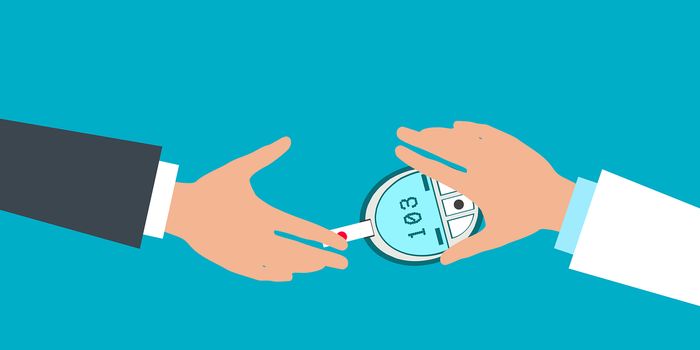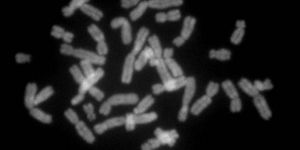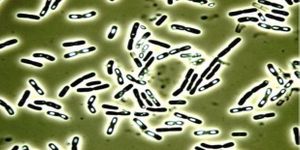How long can the heart last without oxygen?
What happens to heart cells in the seconds and minutes following a heart attack? Without oxygen, heart cells slowly become unable to produce ATP, a cell’s main form of energy, their vitality. Once heart attack patients reach the hospital, surgeons can reopen blocked arteries causing the attack, a procedure called reperfusion. But at some stages during heart attack, reperfusion can actually do more harm than good. Researchers from Massachusetts Institute of Technology are developing a model that determines the tipping point.
More harm than good
"It's a double-edged sword," Anthony McDougal said of reperfusion. McDougal is a graduate student in MIT's Department of Mechanical Engineering. "The rapid return of oxygen is necessary for the heart to survive, but it could also overwhelm the heart."
Using heart cells and mimicking the conditions of oxygen deprivation during heart attack, McDougal and the MIT team developed a model to explain what happens at the cellular level in the heart during a heart attack, as the muscle experiences a severe lack of oxygen. Specifically, they looked at the effect of oxygen deprivation on ATP production.
How long can a heart cell stay alive without access to oxygen? How does this individual process reflect the health of the entire heart muscle during heart attack? With this model, the research team could potentially determine the effectiveness - or harmfulness - of applying reperfusion during heart attack.
“We're not sure what is the timescale during which we can reintroduce the oxygen," McDougal said. "If the tissue has been oxygen-deprived longer, you run into more risk of oxygen damaging the tissue.”
McDougal conducted more than 200 simulations using oxygen-deprived heart cells in the lab, applying different amounts of oxygen loss over different amounts of time. Heart cells proved to be surprisingly resilient. Even when oxygen levels reached just ten percent, heart cells continued to produce ATP. They do so by applying a process that doesn’t need oxygen to produce ATP. In this way, heart cells can maintain normal function without adequate supplies of oxygen, but they can only do so for a limited amount of time. Once the cells stop being able to produce ATP, they become very vulnerable. Reperfusion applied at this stage could kill heart cells, even though it is delivering the oxygen that the cells need.
“Any small perturbation to the cell could cause it to spiral and die, or come back and stay alive," McDougal explained.
Right place at the right time
If a heart attack patient doesn’t reach the hospital in time for surgeons to do reperfusion before the heart cells reach the ultra-sensitive stage, it might be better to, at first, slowly reintroduce oxygen back into the heart tissues. Now, thanks to McDougal’s model, medical professionals have a reference to determine the perfect timing of providing oxygen during heart attack.
The present study was published in the Journal of Biological Chemistry.
Source: MIT









